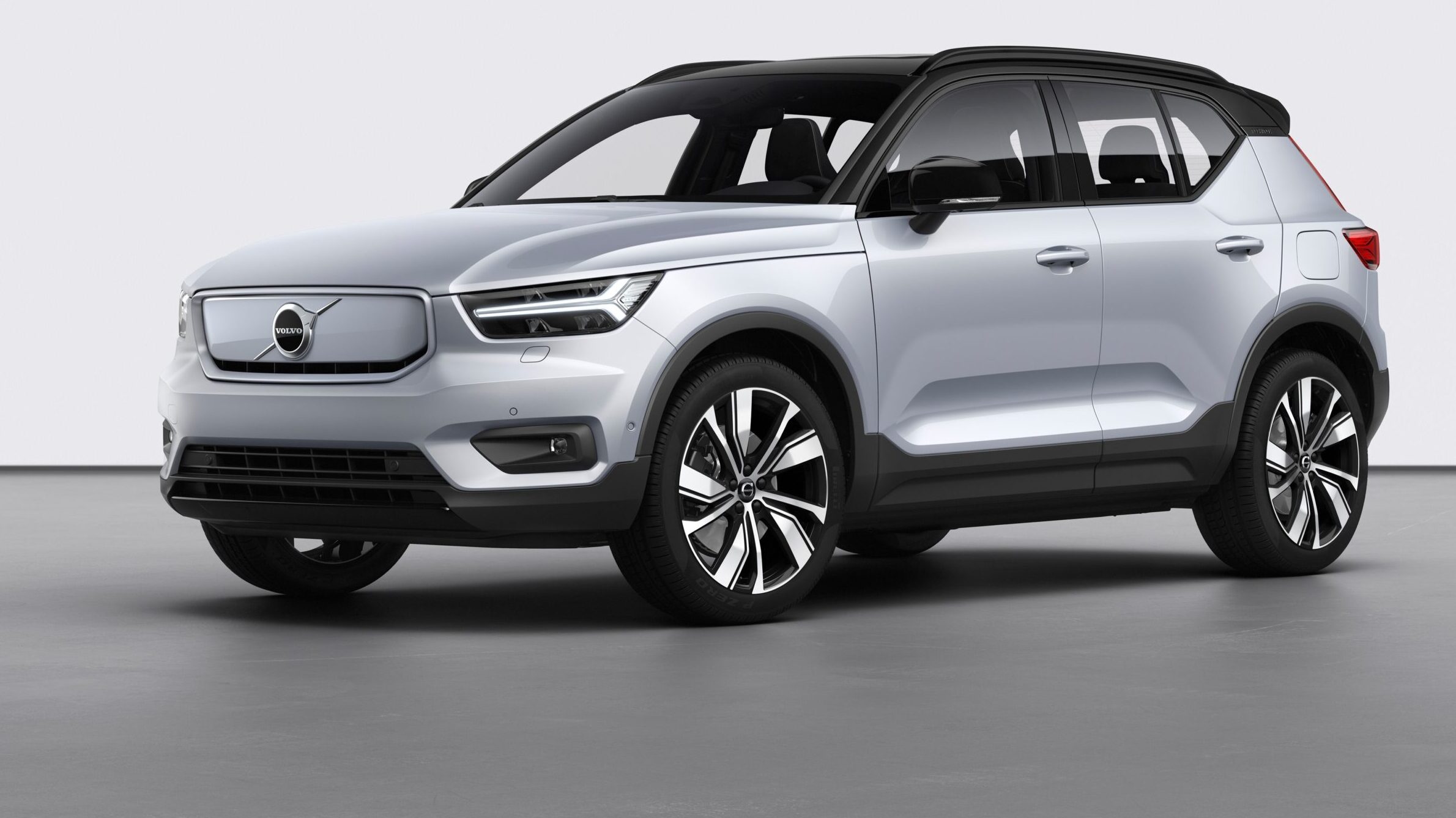Plug-ins powering in Europe
Aided by government measures, sales of plug-in passenger vehicles soared in Europe last year, even as the Covid-19 crisis crushed car sales.
ACEA, the European Automobile Manufacturers Association, has just finished compiling full-year figures for 2020. They show a decline of almost 38 percent in passenger car sales across Europe. The data include the EU, EFTA (European Free Trade Association) members and the UK.
Over the same period EV sales more than doubled, up 107 percent to almost 730,000. In Germany, France and the UK, EVs racked up more than 100,000 sales through 2020.
It comes off the back of modest increases in electric and plug-in hybrid sales in Australia. For more details:
Top selling EVs in Australia in 2020
Top selling PHEVs in Australia in 2020
The increase in PHEV (Plug-in Hybrid Electric Vehicles) sales was even more remarkable. They more than trebled, up 210 percent to 620,000.
Together, the two types of plug-in vehicle accounted for 10.5 percent of total passenger vehicle sales across Europe in 2020, compared to just 3.0 percent the year before. The trend was even stronger in the fourth quarter of the year, when plug-in vehicles reached a 16.5 percent share of car sales.
According to ACEA, the plug-in boom is clearly the result of government policies. “Stimulus packages introduced by governments to boost demand, following the unprecedented impact of Covid‐19 on car sales, sought to stimulate alternatively‐powered vehicles in particular, further driving demand for low and zero‐emission cars,” the organisation’s report says. In Germany, France and the UK, government measures cut the equivalent of around $10,000 from EV sticker prices.
It’s also likely that the arrival of relatively affordable new EVs like the Volkswagen ID.3 (pictured above) also played a part in increasing demand.
Plugless hybrid electric vehicles like the Toyota Prius claimed an 11.9 percent market share in 2020, but with a relatively modest 51 percent increase in sales compared to 2019.
Naturally enough, the growth of EV, PHEV and plain hybrid sales was at the expense of conventional petrol- and diesel-powered passenger vehicles. Both were down significantly compared to 2019. Petrol cars were hit harder than diesels.
Even so, petrol and diesel passenger vehicles remain dominant in the market. A little more than 47 percent of the cars sold in Europe through 2020 were petrol powered, while diesel took a share of exactly 28 percent.
But if the trend to plug-in power in Europe continues to gather momentum, their days are clearly numbered…




